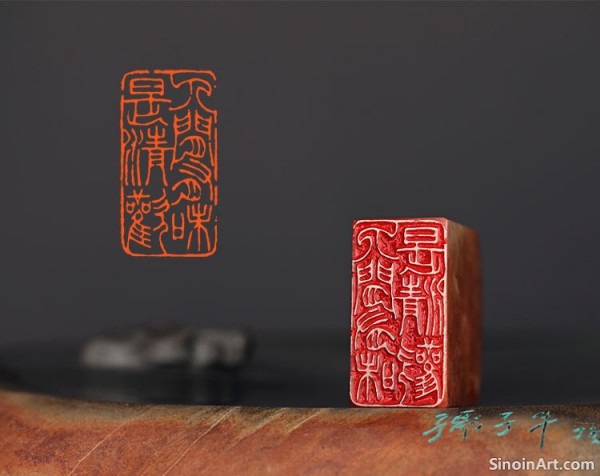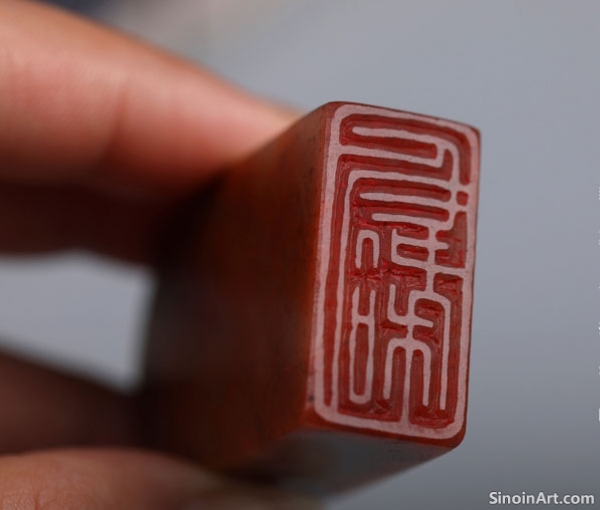Inscriptions of Studio Seals: Unveiling the Character of the Space
|
The inscriptions on zhāiguǎn yìnzhāng are far more than just names; they are carefully chosen words that convey the essence and character of the studio or hall they represent. These inscriptions offer insights into the owner's philosophical outlook, artistic interests, and intellectual pursuits. Understanding the nuances of these inscriptions allows for a deeper appreciation of the significance of studio seals. The inscriptions are meant to reflect the owner's character and values.  Studio seal inscriptions often include references to nature, reflecting a deep appreciation for the natural world. Phrases like "Bamboo Study," "Orchid Hall," or "Mountain Retreat" evoke a sense of tranquility and a connection to the beauty of the surrounding landscape. The names can offer great insights into the owner's personality, and their values.  Inscriptions may also be drawn from classical literature or philosophical texts, revealing the owner's intellectual interests and areas of study. Names such as "Hall of Learning," "Studio of Inquiry," or "Pavilion of Classic Literature" convey a dedication to academic pursuits and the exploration of knowledge. The names of halls and studios often reflect their intended purpose.  Many studio seals carry inscriptions that express personal aspirations or philosophical ideals. Phrases like "Studio of Serenity," "Hall of Contentment," or "Retreat of Purity" reflect the owner's quest for inner peace and spiritual enlightenment. These names reveal much about the owner, and their personal values. The choice of calligraphy for the inscription also contributes to the overall meaning of the studio seal. Different script styles, such as seal script, clerical script, or running script, convey different aesthetic qualities and historical contexts. A specific calligraphy may often point to a certain era, or to specific influences of the carver. The inscriptions of studio seals are a window into the inner world of their owners. They offer a glimpse into the values, aspirations, and intellectual passions that define the spaces in which they created, studied, and contemplated. The inscriptions represent a way for the artist to communicate their unique character. |
Tag : Studio Seal Inscriptions, Zhaiguan Seal Text, Hall Name Meanings, Seal Calligraphy, Chinese Epigraphy
Related information
- Collecting Name Seals: Understanding Value, Rarity, and Provenance
- Materials for Collector's Seals: Reflecting Status and Artistic Value
- Styles of Seal Carving: Exploring Regional and Artistic Differences
- The Symbolism in Seals: Decoding Meaning Through Design
- The Use of Leisure Seals in Contemporary Art and Design
This article provides a guide to collecting Chinese name seals, discussing how to assess their value, understand their rarity, and research their provenance, with tips on how to avoid forgeries.
This article explores the various materials used in the creation of collector's seals, discussing how they reflect the collector's status, aesthetic preferences, and their approach to art collecting.
This article explores the various styles of Chinese seal carving, highlighting regional and historical differences from Qin and Han dynasties to styles of the Ming and Qing, emphasizing the diversity of the art form.
This article explores the symbolism within Chinese seal carving, focusing on the meaning of characters, imagery, composition, color, materials, and how they contribute to the artwork's message.
This article explores how leisure seals are being incorporated into contemporary art and design, discussing their modern relevance and the ways in which artists are reinterpreting this ancient tradition.